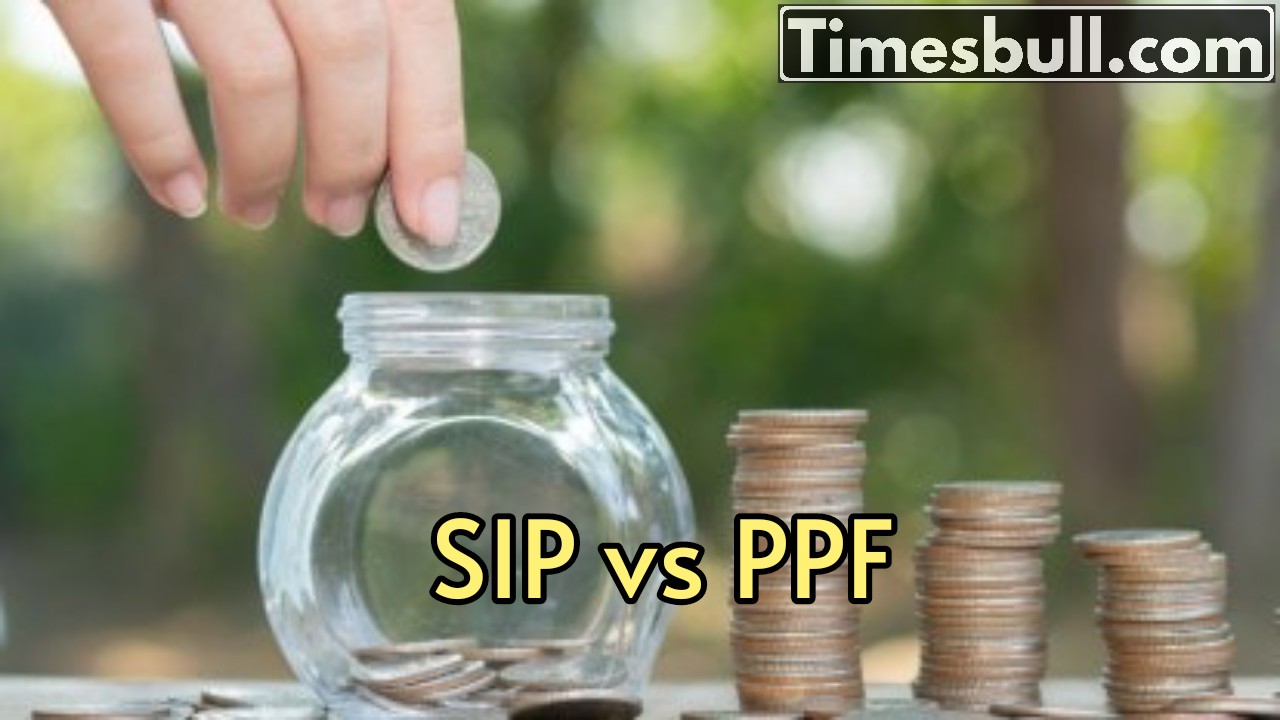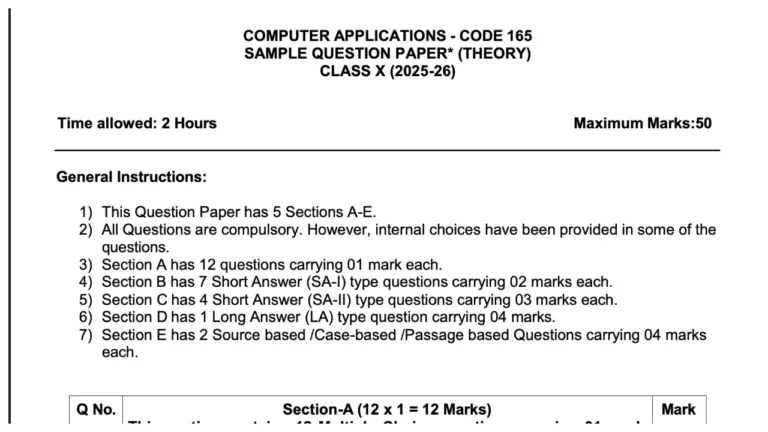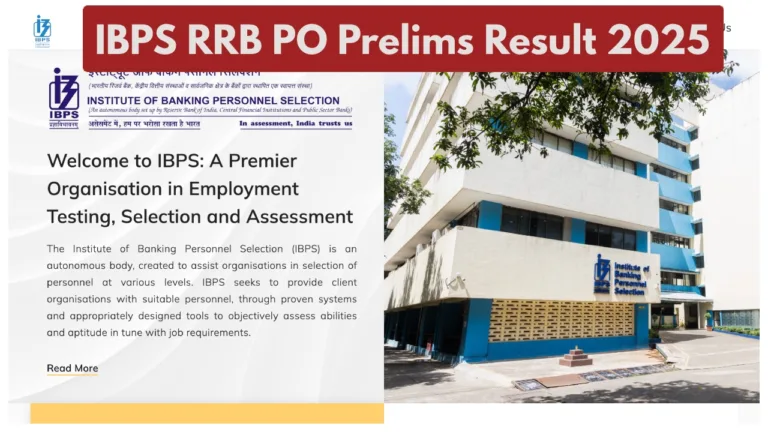PPF vs SIP Calculator: For risk-averse investors, the Public Provident Fund (PPF) is a government-backed investment option that offers guaranteed returns. However, there is a limit on the investment amount in this scheme, which is up to ₹1.5 lakh in a year. PPF also has a lock-in period of 15 years, which can be extended further in 5-year blocks. On the other hand, SIP (Systematic Investment Plan) has no lock-in period.
But a Systematic Investment Plan is a market-linked investment plan where returns are not guaranteed. SIP is for risk-taking investors who want to grow their wealth exponentially over time. So let’s find out who can accumulate more wealth in just 25 years on an investment of ₹1,20,000 per year! This will be a crucial decision for your financial future.
What is SIP in Mutual Funds
A Systematic Investment Plan (SIP) is a method through which you can invest a fixed amount in mutual funds. You can choose to invest in a mutual fund scheme daily, monthly, quarterly, or annually. This helps you invest in a disciplined manner and take advantage of market fluctuations, which is called rupee-cost averaging.

What do you understand by PPF
Public Provident Fund (PPF) is a government-backed scheme that you can also use to diversify your portfolio. Under Section 80C of the Income Tax Act, deposits up to ₹1.5 lakh in a year are tax-exempt. This gives you the dual benefit of saving tax and making safe investments.
What is the minimum amount to invest in a SIP
The minimum amount to invest in SIP is ₹100. You can also increase, decrease or pause your SIP. It offers you unprecedented flexibility, allowing you to invest according to your financial situation.
What is the minimum and maximum amount of investment in PPF
The minimum deposit amount in a year in PPF is ₹500, while the maximum annual deposit amount is ₹1.5 lakh. This scheme is suitable for both small and large investors.
How does SIP work
In SIP, a fixed amount is automatically deducted from your bank account and invested in mutual funds. These investments happen regularly, and you get units based on the value (NAV) of the fund. It is a simple and hassle-free way to invest.
How does PPF work
This scheme, run by post offices and banks, offers voluntary contributions to its account holders. The post office offers a compounded interest rate of 7.1 per cent annually. It offers a safe and stable return.
PPF calculation terms: What will you ‘get’ if you invest ₹1,20,000/year over 25 years
Annual investment: ₹1,20,000 (Monthly investment ₹10,000 × 12 months) Tenure: 25 years Interest rate: 7.1 percent On an investment of ₹1,20,000/year, the retirement corpus in 25 years would be ₹82,46,412. The estimated total interest over that period would be ₹52,46,412. This is proof of the stability and safety of PPF.
SIP investment terms: The math of ‘risk’ and ‘return’. Since there is no fixed return in SIP investments, we are calculating as per 8 percent (8%) annual return (debt funds), 10 percent (10%) annual return (equity funds), and 12 percent (12%) annual return (hybrid funds). We are also assuming a monthly investment of ₹10,000 (₹1,20,000/12).

SIP: What will you get if you invest ₹10,000 monthly over 25 years (Hybrid Funds)
At 12 percent (12%) annual growth, the estimated corpus in 25 years will be ₹1,70,22,066! During that time, the amount invested will be ₹30,00,000, and the capital gain will be ₹1,40,22,066.
SIP: What will you get if you invest ₹10,000 monthly over 25 years (Equity Funds)
At 10% annual growth, the estimated corpus in 25 years will be ₹1,24,31,596. The estimated capital gain will be ₹94,31,596.
SIP: What will you get by investing ₹10,000 monthly (debt fund) for 25 years?
At 8% annual growth, the estimated corpus in 25 years will be ₹91,48,394. The estimated capital gain will be ₹61,48,394.










